
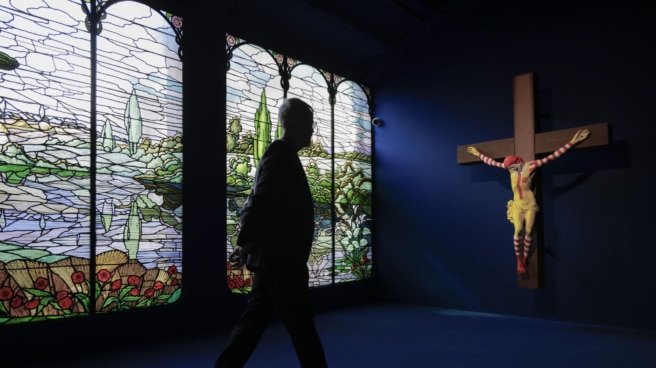
A person watches Jani Leinone’s “McJesus”, one of the works on display at the Museum of Forbidden Art.
“If anywhere in the world it made sense to have a single museum dedicated to censorship and banned art, it would be Catalonia, a country that is a bastion for the protection of freedom of expression, creative freedom and thought,” he said. Pere Aragones at the opening of the Museum of Forbidden Art, a new center created on the basis of the collection of the producer – partner until yesterday of Jaume Roures at Mediapro – and collector Tacho Benet. On Tuesday, the promoter of the new museum denied to the press any political intentions in buying the work. Santiago Sierra Political prisoners, which was censored at the 2018 ARCO fair precisely for its political stance, as it was an installation of photographs of independence leaders being prosecuted by the Supreme Court. Opening of the museum in the presence of Aragones and his predecessors as President of the Generalitat. Kim Torra And Arthur Masor the leader of the Yunts, Laura Borrasseemed to be in denial.
“I did something quite ordinary, buying a work at an art fair,” Benet defended himself, explaining that he bought the work “before it was censored” and that its author was none other than a National Fine Arts Award winner. . But in the “reaction in Madrid and Barcelona” to the purchase, “my ideology was mixed and many things were said.”
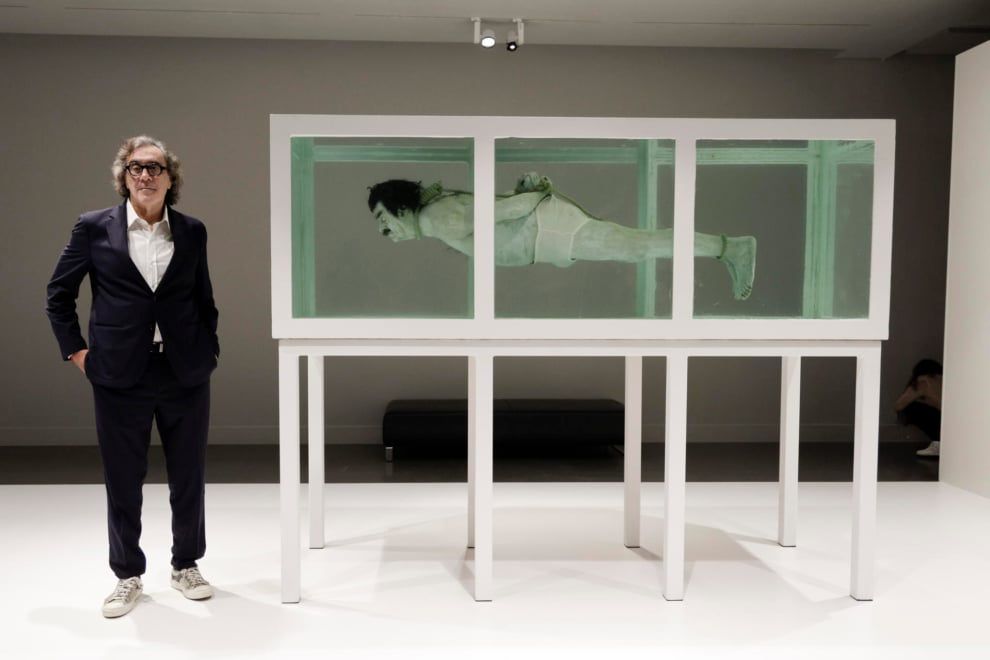
Barcelona was described in the Catalan press as an “ultra-liberal society” in matters of culture, and Madrid was presented as the quintessence of repression. “It’s not so black and white,” Benet concludes. However, this is precisely where the interest in censored art arises, which for Benet is already part of the work itself. And the acquisition of works Warhol, Gustav Klimt, Pablo Picasso or even Francisco de Goya with one common thread: they were victims of censorship or self-censorship at some point in their particular history.
Franco and Saddam
How impressive Shark from Czech David Cernydictator figure Saddam Hussein life-size, immersed in a pool, which in turn resembles a work Damien Hirst. A planned exhibition of this work at a museum in Middelkerk, Belgium, in early 2006 was eventually canceled by the city council due to fear that “certain groups of the population will find work too provocative”.
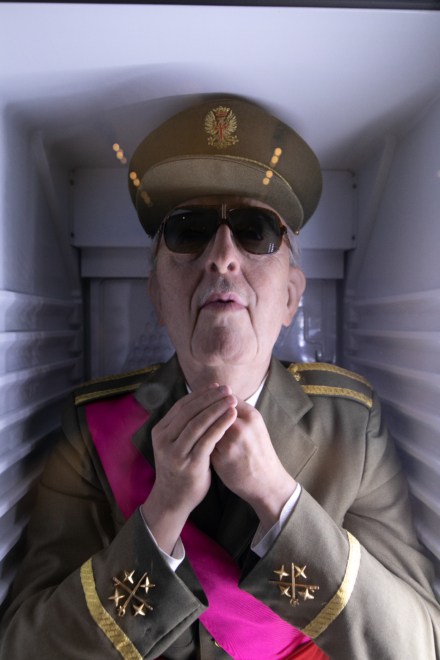
He is not the only dictator that a visitor to the Museum of Forbidden Art will encounter. Facing Saddam Francisco Franco with labor and grace the sculptor put it in the refrigerator Eugenio Marino for you Always Francoor portrait Mao, the work of Andy Warhol. In 2013, Chinese authorities banned its display at an exhibition of works by the iconic king of pop art.
Religion and censorship
And along with politics, of course, religion is the focus of conflicts and censorship. Catholic in the foreground with a parody of the crucified Christ, painted in McDonald’s colors, McJesus from Jani Leinonen which provoked violent protests from the Christian community of Haifa (Israel). Or a photo Rachel Welch crucified that Terry O’Neill and the actress herself ruled out publication in 1966, fearing a reaction.
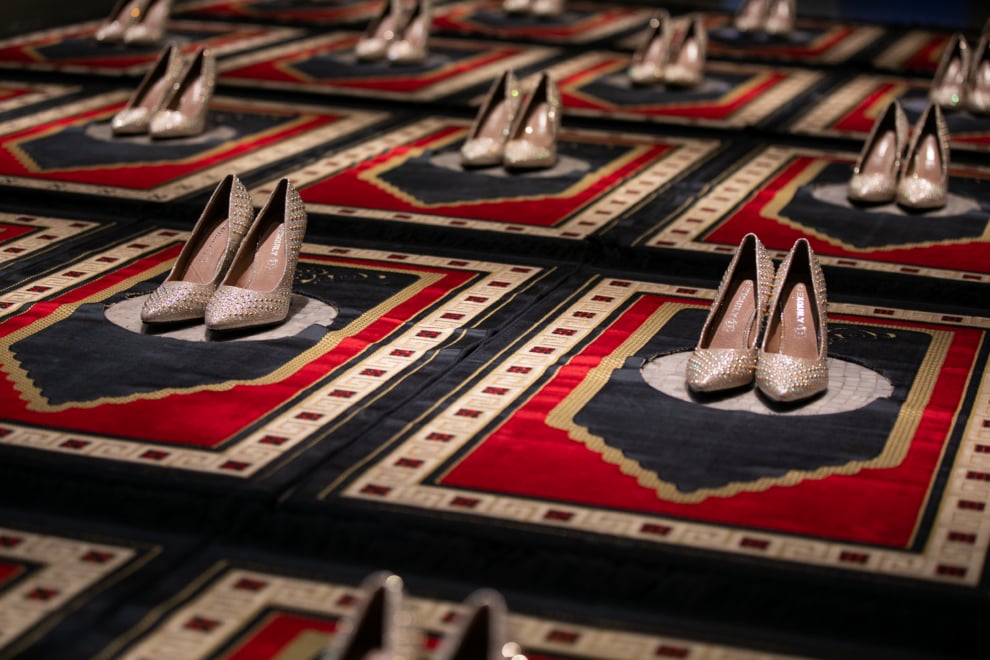
Much less explicit, but more provocative work Zulikha Buabdella Silence Rouge et Bleu. The installation, which evokes the denial of femininity in Islam, was removed from the exhibition in Clichy (France) at the request of the Federation of Muslim Associations. The attacks happened recently. Charlie Hebdo.
This first exhibition therefore features a total of 42 works out of the more than 200 that Benet values. Among them also stand out Filippo Strozzi at LEGOChinese artist Ai Weiwei; Poster Roland Garrosfrom Mikel Barceló; Western and Christian civilizationfrom Leon FerrariAnd Smiling copperfrom Banski.
Required institution
Located in the central house of Garriga Noguez, built by the architect Enric Sagnier, on an area of 2000 square meters, works that were “separated from dialogue with society, which is the main task of a work of art”explains the director of the museum, Rosa Rodriguez. The new space will aim to “amplify voices, create stories” with a permanent exhibition program that will change every twelve to fifteen months to be able to show all the works in the collection.
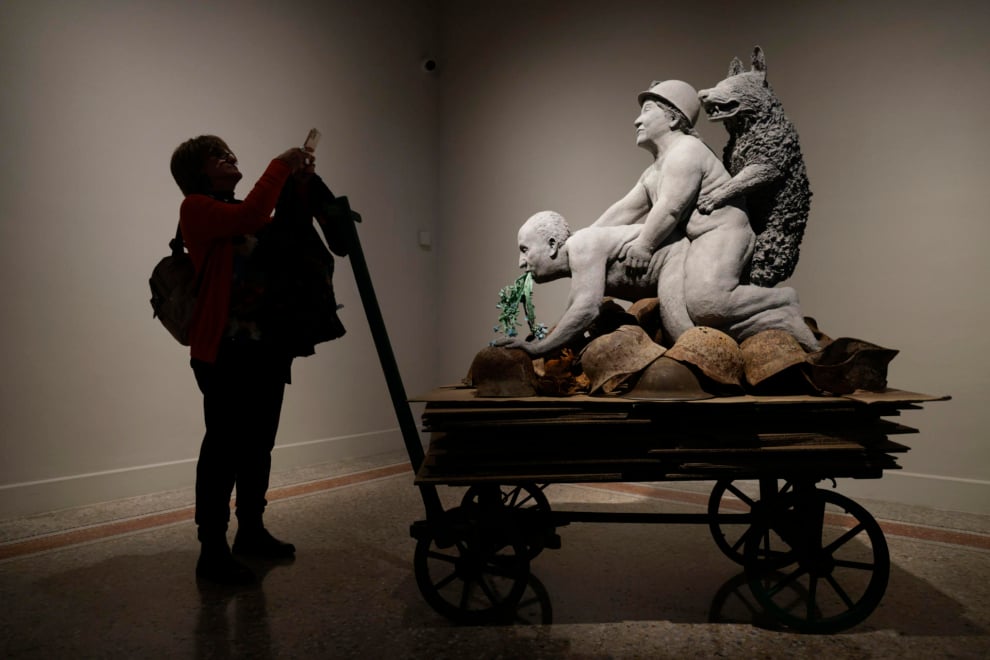
Art curator of the exhibition Carles Guerra, it is a “much needed institution”, despite admitting that he was initially skeptical of the idea that censorship could focus on a museum. The center, which, in his opinion, should “continue to work in the near future, being attentive to new forms of censorship, because without it, without its impressive transformations, it is difficult to imagine the world.”
Source: El Independiente